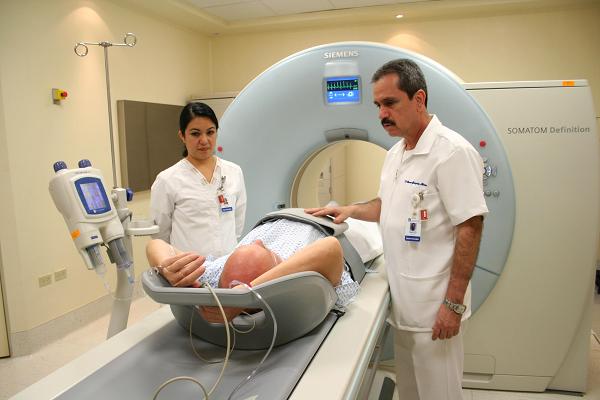Every year, millions of tourists travel abroad for medical services, which has turned health tourism into one of the industries with the most economic profitability across the world.
According to a study by Dinamica del Turismo de Salud Internacional (International Health Tourism Dynamics), this sector reported an income of $84 billion last year.
It is estimated that some 14 million people travel abroad every year looking for health services, with an average expenditure that fluctuates between $3,800 and $6,000 per trip, including transportation and accommodation services.
The international health tourism sector has its origin in the economic crisis of countries between the 60s and 80s, mainly in the United States, which motivated retirees and veterans to look for medical treatment in Mexico and Cuba.
The leading cause for people going to other places to get healthcare services was the low cost. For example, savings in Mexico, compared to the USA, go from 36% to 89% for similar medical procedures and treatments.
As the World Health Organization states, dental services, cosmetic surgeries and fertility treatments are the most sought-after medical services. WHO also says that there is not one common definition for “health tourism”, leading every country to apply their development model according to their own definition.
Some of the most important health tourism destinations are Costa Rica, India, Malaysia, Mexico, Singapore, South Korea, Taiwan, Thailand, Turkey and the US.
Insurance companies, medical institutions such as hospitals, clinics and health centers, as well as travel agencies, are all part of the structure that integrates the international health tourism sector, and the agreements between them allow medical tourism to grow exponentially.
Throughout the next decades, the senior population will increase in European countries and North America, which will further spur demand for these services in Latin America and South Asia.


